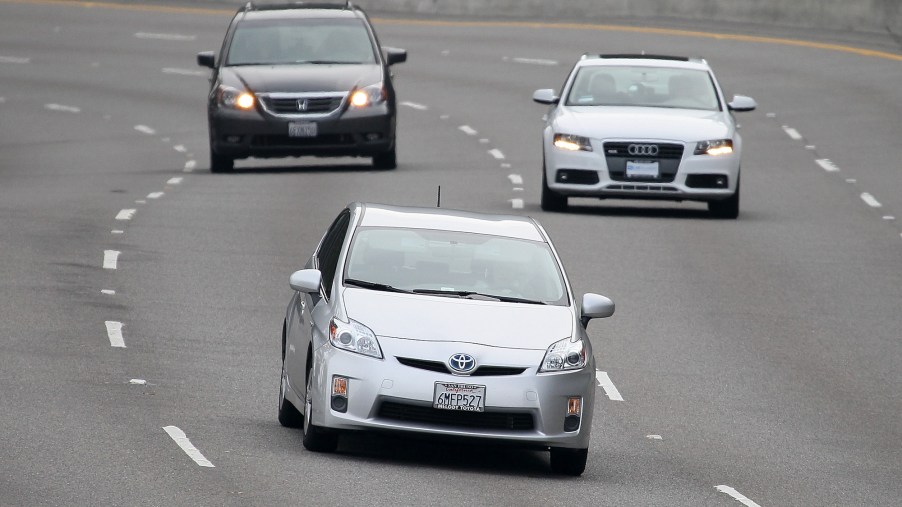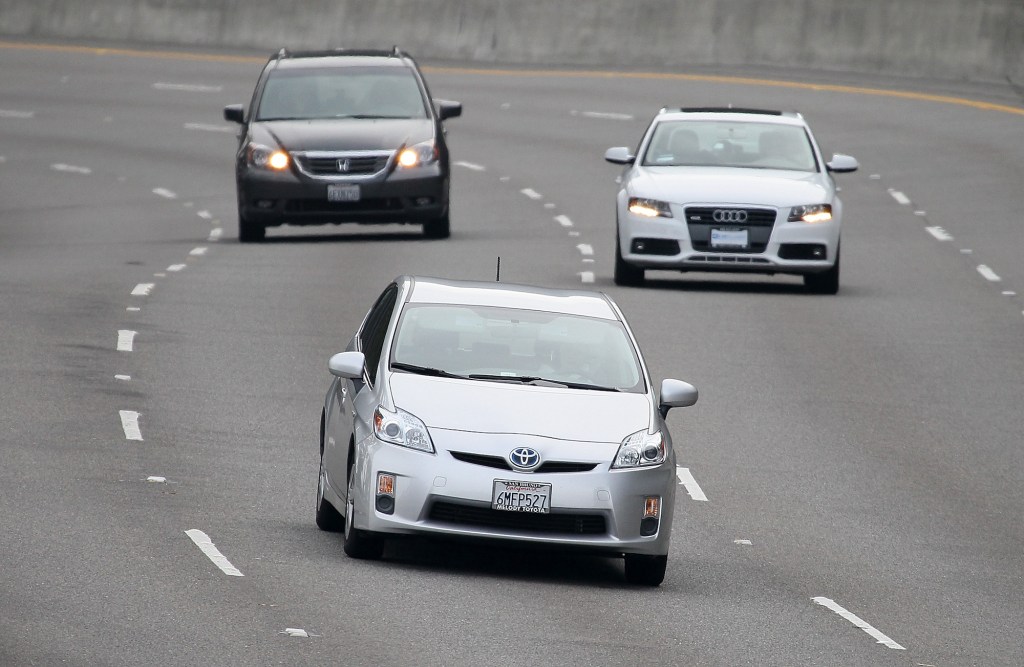
How Do You Know if Your Car Is Scheduled for a Recall?
If you’re a frequent MotorBiscuit reader, you probably know about every vehicle-related recall as it happens. A good example is the recent Ford Explorer recall that affected 2016 to 2019 SUVs. In all car safety recall cases, a particular vehicle no longer meets federal safety standards.
However, if you don’t keep up with automotive news regularly, how do you know if there’s a recall on your vehicle? Moreover, is there a way to anticipate these issues before they happen?
What are car recalls for?

Another good example involves 2018 to 2019 BMW vehicles. There’s the risk of an occupant classification system malfunction. That means a deactivated front airbag might not deploy when it’s supposed to. This serious problem is on par with the Kia recall in Australia, both of which are issues nobody could’ve anticipated.
However, some recalls are far less critical. Although they affect the operation of the vehicle somewhat, they do not necessarily pose an immediate risk. A good example is the Mercedes-Benz recall for headlights that did not have the correct adjustment.
Not surprisingly, recalls are quite frequent. They occur for a wide variety of reasons. Most important, some recalls are relatively minor, but others are big problems that need immediate attention.
Which cars have been ordered back most for critical issues?
Is your car less likely to be part of a recall because it’s cheap, expensive, gas-powered, or electric? The dirty little secret is that no vehicle is immune to these issues. The Drive notes that no car manufacturer is without recalls. Because of the ways automakers produce vehicles, there are chances for human error, production problems, or material failure.
Similarly, because the government sets the bar low, it’s easy to have one car or thousands that are part of a recall effort. By the way, it’s a common misconception that newer cars are more susceptible to these orders. It might look like that because many have original owners who receive communication from the manufacturer directly. Second and subsequent owners do not usually get those.
How to check if your vehicle has an active recall and what to do next
The most important agency to watch for car recalls is the National Highway Traffic Safety Administration (NHTSA). It’s a library for manufacturer-issued orders and customer complaints. The agency allows you to enter your car’s 17-character VIN to see if the vehicle is part of one or more open recalls.
The NHTSA’s data goes back 15 years, which is great news for used-car owners. If the vehicle’s last owner took the car to have the repair done, the VIN will not bring up any results. The system then considers your car to no longer be a part of the recall.
Another way to check is through Kelley Blue Book. You can search by VIN, license plate, or make and model. This information comes from the NHTSA.
It matters what you do next. After you learn that your vehicle is part of a recall, such as the recent Hyundai Santa Fe Sport issue, you should contact your local dealership. Because the manufacturer acknowledges fault, repairs will be free of charge. In fact, if you receive a manufacturer’s notice, it specifies what the company will do to fix the problem.
Keep in mind that the dealership will fix only the recall issue for free. If you allowed the problem to persist and it caused secondary problems, you’ll probably have to pay for those repairs out of pocket. And though taking your car in for repairs is a hassle, it’s certainly worth it to drive a vehicle that runs the best it can.


